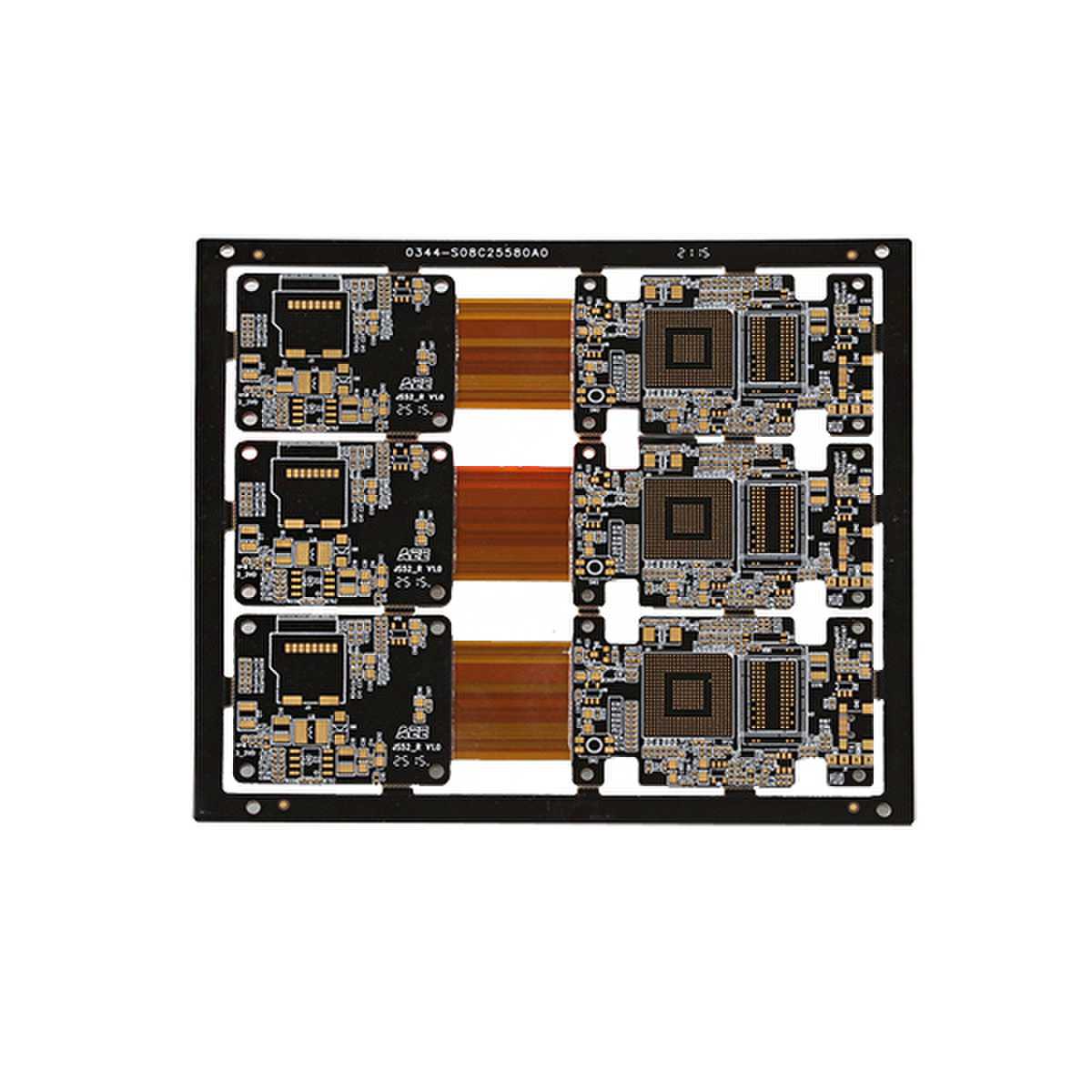Revolutionizing Electronics: The Versatility of FR4 Rigid-Flex PCBs
In the fast-paced world of electronics, innovation is key to staying ahead. One such innovation that has revolutionized the industry is the FR4 rigid-flex PCB (Printed Circuit Board). Combining the best attributes of both rigid and flexible PCBs, FR4 rigid-flex PCBs offer unparalleled versatility, reliability, and performance. This article explores the features, benefits, and applications of these advanced PCBs, highlighting why they are becoming increasingly popular in various sectors.
What is an FR4 Rigid-Flex PCB?
An FR4 rigid-flex PCB is a hybrid circuit board that integrates flexible and rigid sections, offering a unique combination of flexibility and stability. The "FR4" designation refers to the flame-retardant material used in the rigid sections, providing excellent mechanical strength and electrical insulation. The flexible sections, typically made of polyimide, allow for bending and flexing, making these PCBs ideal for complex and compact electronic designs.

Key Features of FR4 Rigid-Flex PCBs
1.Flexibility and Durability: The flexible sections of the PCB can withstand repeated bending and flexing, making them suitable for dynamic applications where movement is a factor.
2.Compact Design: By combining rigid and flexible parts, these PCBs can be designed to fit into tight spaces and complex shapes, reducing the overall size of the electronic device.
3.High Reliability: The integration of flexible and rigid sections eliminates the need for connectors and cables between different parts of the PCB, reducing potential points of failure and enhancing overall reliability.
4.Thermal Stability: FR4 material offers excellent thermal stability, ensuring that the PCB can perform reliably even in high-temperature environments.
5.Enhanced Signal Integrity: The reduced number of interconnections helps maintain signal integrity, which is crucial for high-speed and high-frequency applications.
Benefits of Using FR4 Rigid-Flex PCBs
Space Efficiency: The ability to design compact and complex shapes allows for more efficient use of space within the device, leading to smaller and lighter electronic products.
Cost Savings: The reduction in connectors and cables not only saves space but also lowers assembly costs and reduces potential points of failure, leading to long-term cost savings.
Improved Performance: With fewer interconnections, signal loss is minimized, resulting in better performance of the electronic device.
Increased Reliability: The durability and reliability of FR4 rigid-flex PCBs make them suitable for applications where mechanical stress and environmental conditions are concerns.
Applications of FR4 Rigid-Flex PCBs
1.Consumer Electronics: Smartphones, tablets, and wearable devices benefit from the compact and reliable design of rigid-flex PCBs.
2.Medical Devices: The flexibility and durability of these PCBs make them ideal for medical implants, diagnostic equipment, and portable medical devices.
3.Aerospace and Defense: The high reliability and thermal stability of rigid-flex PCBs are essential for aerospace and defense applications where conditions are extreme.
4.Automotive Industry: Modern vehicles rely on sophisticated electronics, and the compact design of rigid-flex PCBs helps in optimizing space and performance in automotive systems.
5.Industrial Equipment: Automation and industrial control systems benefit from the robustness and reliability of rigid-flex PCBs, ensuring long-term performance in harsh environments.
Conclusion
FR4 rigid-flex PCBs are at the forefront of electronic innovation, offering a perfect blend of flexibility, durability, and reliability. As electronic devices continue to evolve, the demand for compact, high-performance PCBs will only grow. By understanding the features, benefits, and applications of FR4 rigid-flex PCBs, manufacturers and designers can leverage this technology to create the next generation of electronic products that meet the ever-increasing demands of consumers and industries alike.
In conclusion, the versatility of FR4 rigid-flex PCBs is revolutionizing the electronics industry, paving the way for more advanced, reliable, and compact electronic devices.



